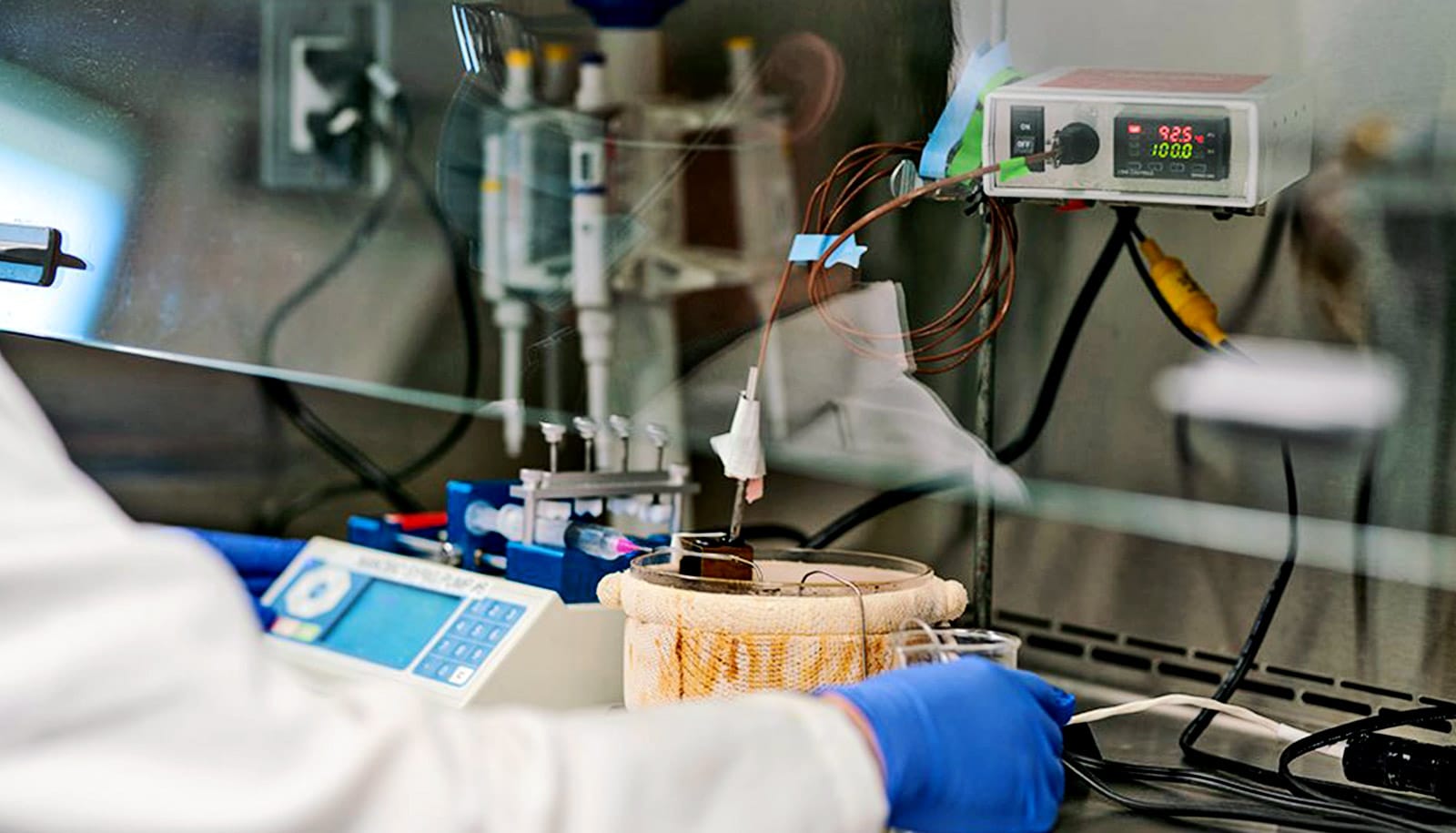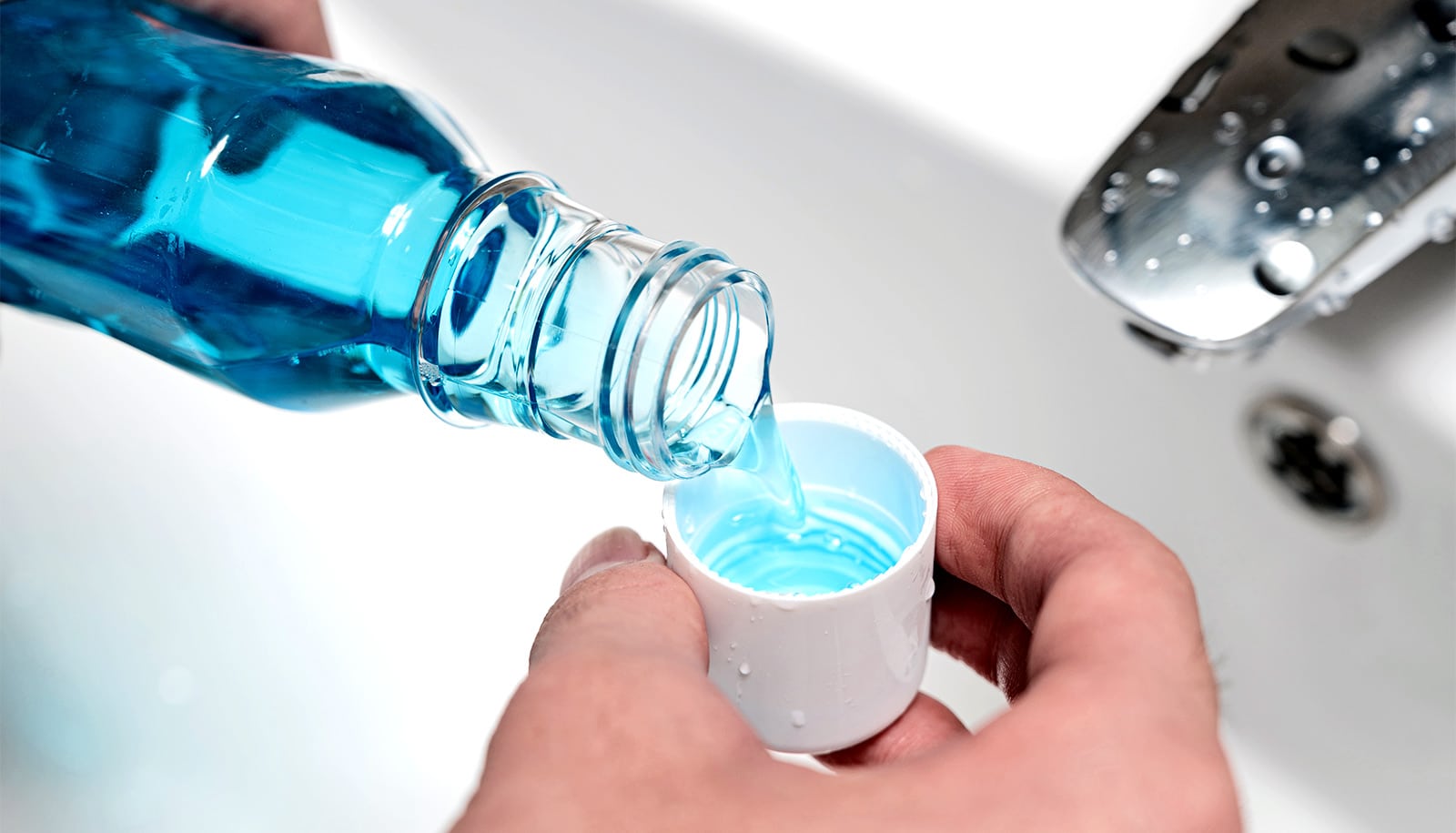A new experimental system shows exposure of coronavirus to a very high temperature, even if applied for less than a second, can be sufficient to neutralize the virus so that it can no longer infect another human host.
Applying heat to neutralize COVID-19 has been demonstrated before, but in previous studies researchers applied temperatures from one to 20 minutes. This length of time is not a practical solution, as applying heat for a long period of time is both difficult and costly.
Arum Han, professor in the electrical and computer engineering department at Texas A&M University, and his team have now demonstrated that heat treatment for less than a second completely inactivates the coronavirus—providing a possible solution to mitigating the ongoing spread of COVID-19, particularly through long-range airborne transmission.
The Medistar Corporation approached leadership and researchers from the College of Engineering in the spring of 2020 to collaborate and explore the possibility of applying heat for a short amount of time to kill COVID-19. Soon after, Han and his team built a system to investigate the feasibility of such a procedure.
Their process works by heating one section of a stainless-steel tube, through which the researchers run the coronavirus-containing solution, to a high temperature and then cooling the section immediately afterward.
This experimental setup allows the coronavirus running through the tube to be heated only for a very short period of time. Through this rapid thermal process, the team found the virus was completely neutralized in a significantly shorter time than previously thought possible. The researchers released initial results within two months of proof-of-concept experiments.
Han says if the solution is heated to nearly 72 degrees Celsius (161 degrees Fahrenheit) for about half a second, it can reduce the virus titer, or quantity of the virus in the solution, by 100,000 times which is sufficient to neutralize the virus and prevent transmission.
“The potential impact is huge,” Han says. “I was curious of how high of temperatures we can apply in how short of a time frame and to see whether we can indeed heat-inactivate the coronavirus with only a very short time. And whether such a temperature-based coronavirus neutralization strategy would work or not from a practical standpoint. The biggest driver was, ‘Can we do something that can mitigate the situation with the coronavirus?'”
Not only is this sub-second heat treatment a more efficient and practical solution to stopping the spread of COVID-19 through the air, but it also allows for the implementation of this method in existing systems, such as heating, ventilation, and air conditioning systems.
It also can lead to potential applications with other viruses, such as the influenza virus, that are also spread through the air. Han and his collaborators expect that this heat-inactivation method can be broadly applied and have a true global impact.
“Influenza is less dangerous but still proves deadly each year, so if this can lead to the development of an air purification system, that would be a huge deal, not just with the coronavirus, but for other airborne viruses in general,” Han says.
In their future work, the investigators will build a microfluidic-scale testing chip that will allow them to heat-treat viruses for much shorter periods of time, for example, tens of milliseconds, with the hope of identifying a temperature that will allow the virus to be inactivated even with such a short exposure time.
Yuqian Jiang and Han Zhang, both electrical engineering postdoctoral researchers, are lead authors of the study, published in the journal Biotechnology and Bioengineering.
Grants from Medistar Corporation and from the National Institutes of Health’s National Institute of Allergy and Infectious Diseases supported the work.
Source: Rachel Rose for Texas A&M University



